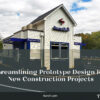What is “Experiential Architecture” and how does it relate to the Cinema Industry?
WIKIPEDIA outlines Experience architecture (XA) as the art of articulating a clear user story or journey through information architecture, interaction design or experience design that an end-user navigates across products and services offered by the client or as intended by the designer.
If this is true, all cinemas could or maybe should be considered experiential architecture.
Cinema is defined as the art of simulating experiences to communicate ideas, stories, perceptions, feelings, beauty or atmosphere through the use of recorded imagery and sound. If we expand the ideas of what is being portrayed on the screen to what could be experienced in your facility the potential to create experiences is limitless. We know architecture has an emotional impact on humans, the question is what kind of emotions do you want to create for your users? How can we collaborate to create memories? Experiential architecture is design that evolves and responds over time, the notion of a holistic approach to the design. If architecture can connect emotionally with its occupants, then the message can be felt more deeply thus more readily leaving a lasting impression on your customers.
Designing for the traditional senses: sight (vision), hearing (audition), taste (gustation), smell (olfaction) and touch (somatosensation). If you pay close attention while designing to sensory components the result will create an environment that is felt and memorable. Maybe memory is the other sense we need to capture? Perhaps it is out of these components that a great building can simply stimulate someone into making a decision. Consumers identify their wants and needs, collect information, evaluate options and make decisions to purchase all of which are influenced by environmental factors some of which we can influence through design. Customer experience from product, service, content, touchpoints, pricing, facility, sensory engagement which should all be considered and described in the design. Does the design express a coherent platform for the experience? Do the experiences complement and enhance each other or do they conflict and detract from each other?
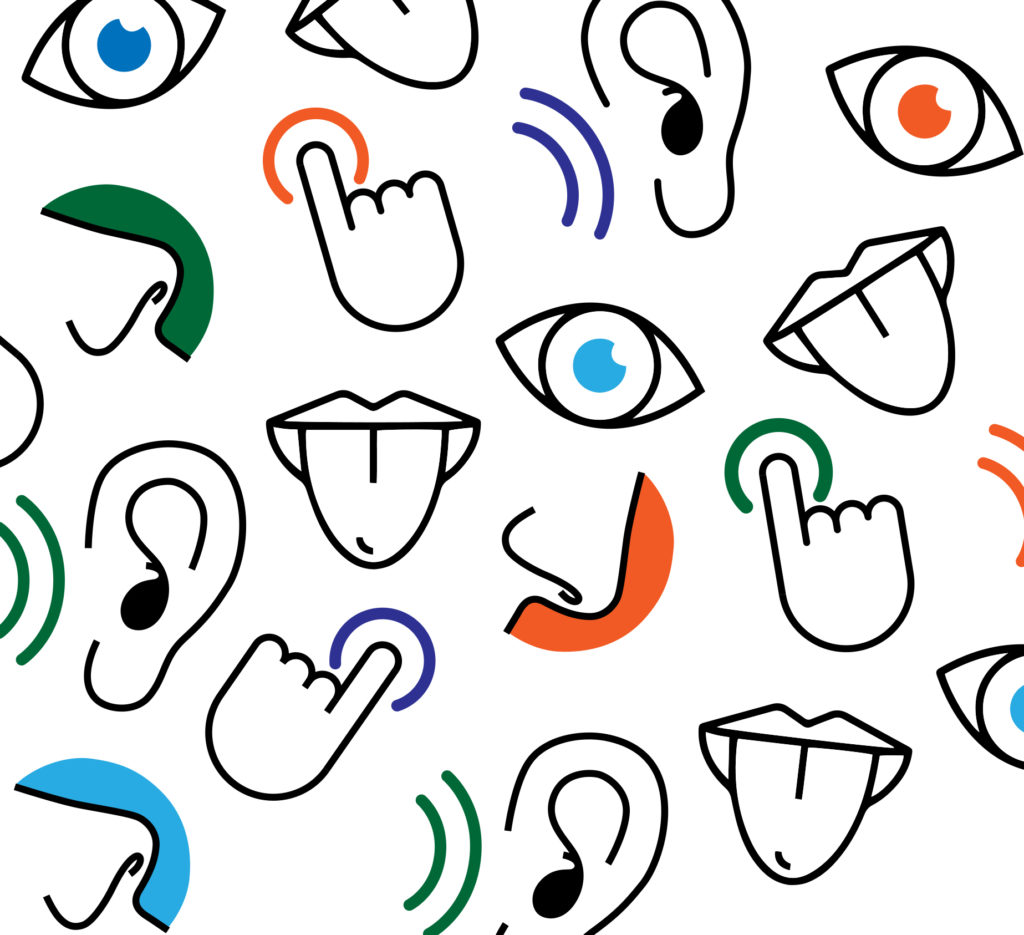
Experience starts as you approach your destination and the approach forms the path of preparation for the customer. This can start as early as when patrons log on to your website or enter the parking lot of your facility. It all relates to the complete approach of creating a memorable experience for your guests. One that they want to choose again and again.
Design Factors
Path
What kind of path do you want to create for your customers?
Straight path, path around spaces, free path, path through spaces, transitional path, changing vistas along a path – the path provides the opportunity for interaction between spaces. Knowing your preferences allows designers the ability to help create the correct path to better suit your business model and generate more revenue from the end-users. For instance, if we know your model is to capture revenue from the patrons in the lobby by passing a multitude of options one might create a layout that resembles a casino floor. However, if your goal is to get the patron in the theatre seat so they can begin ordering food and beverage, we might design a central corridor that leads directly to the auditorium door. Different design elements are needed along these paths to generate the intended experience.

Space
Spatial experience is the visual perception at the human eye level. Items placed above or below this level may be perceived differently. It is similar to a path, movement through horizontal space is very different than movement through vertical space. So it is very important for the design to keep the experience moving by shifting the visual axis along a horizontal path. The use of barriers or obstacles provides areas to rest or contemplate which may be essential for impulse purchasing. Architecture can compose the whole experience through the perception of space and the space becomes alive giving your customer a sense of presence in your facility.
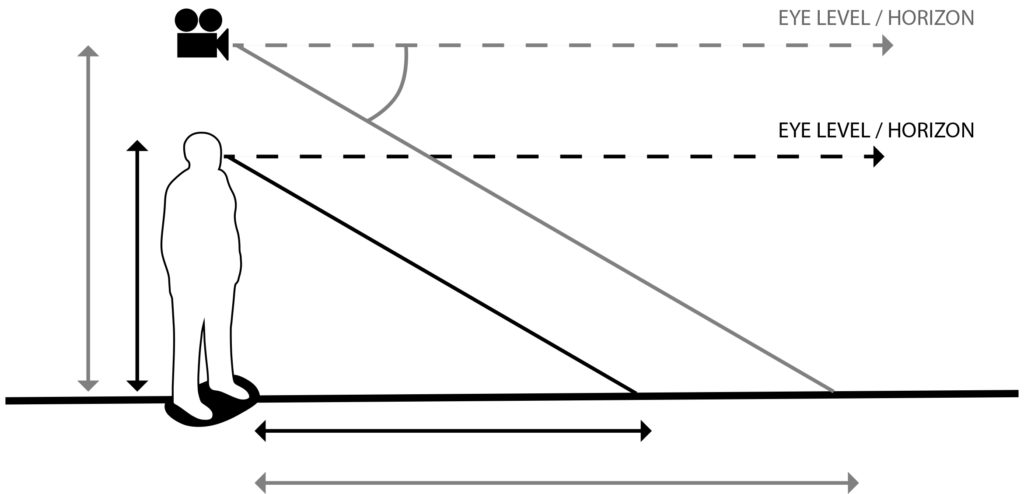
Color
Colors of interior walls can influence the imagination. Every color elicits a different and unique emotional response with its viewer (this is also very dependent on culture):
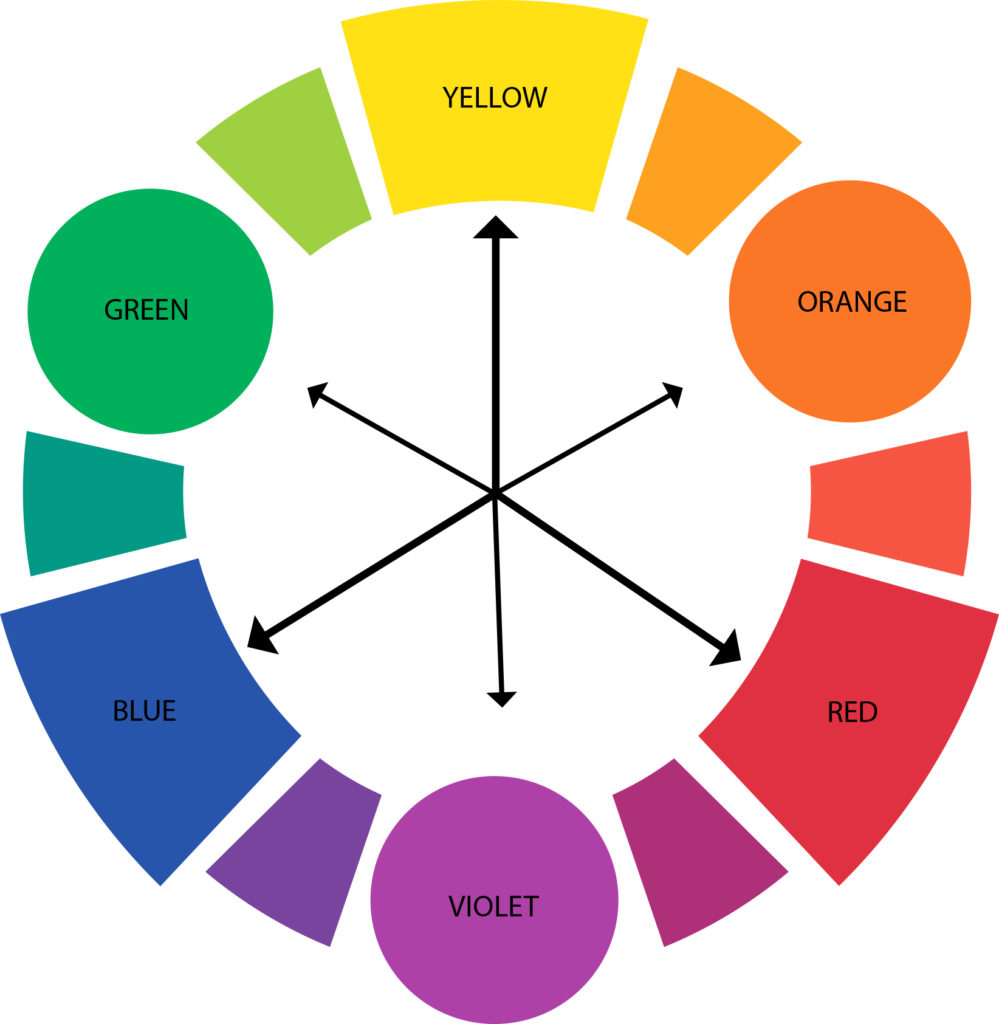
- Yellow gives the impression of bright and intense, as people associate it with the sun.
- Red evokes accuracy and attention to detail since people associate red with danger, which makes you more alert.
- Blue creates a relaxed state allowing the imagination to roam since we associate blue with the ocean and sky.
- Green suggests nature and organic quality, it is the most balanced color which equates to stability.
- White expresses openness, with a message of purity and sterile.
*Each specific color can change when modified in their lightness factor and saturation (light to dark).
Building Components
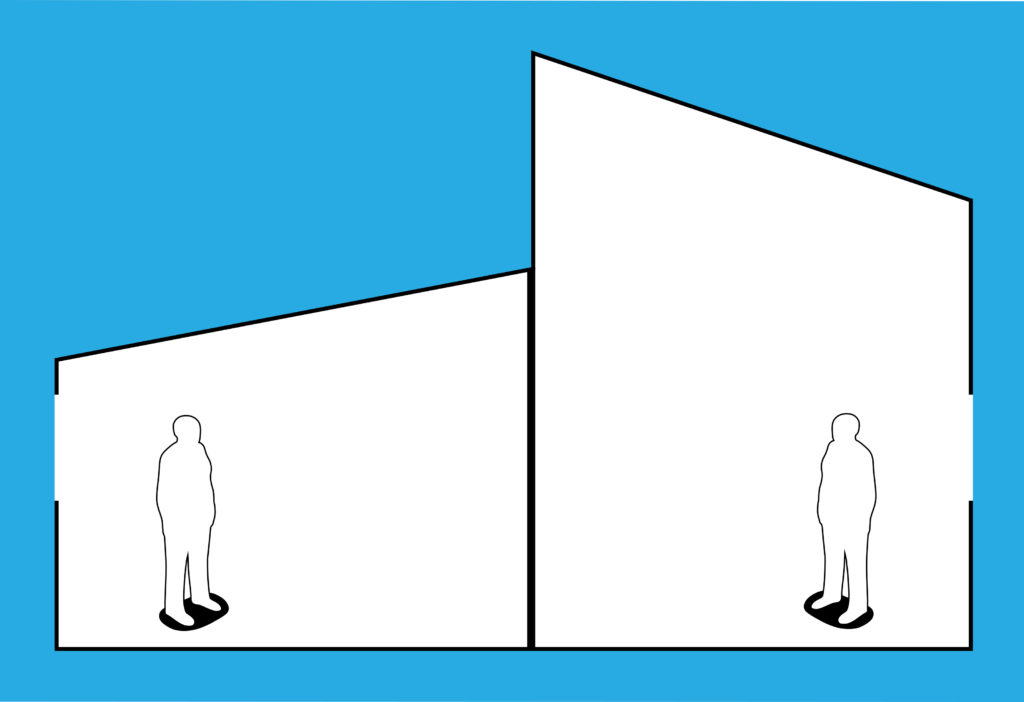
- Ceiling heights also affect how we think, low ceilings help focus one’s thoughts while high ceiling promote free thinking. It’s the difference between “item-specific” versus “relational” processing.
- Flooring materials impact how we navigate through spaces. Carpet can increase the duration of people’s gathering time.
- Lighting (both natural and artificial) affects mood. Sunlight improves memory, dim lighting helps people relax.
- Furniture impacts socialization. Furniture organized in small groupings encourages interaction. Semi-circle arrangements increase participation. Straight-line configurations encourage independence.
The spaces around us can influence and enhance our daily lives. Considering the design as a major component to enhance the overall experience thus creating memorable experiences will create greater value for your users. Giving the customer more than expected through experiential architecture makes it easier to consume and spend at a higher price point. A similar model for coffee purchased from Starbucks versus McDonald’s – atmosphere and creativity matter more than ever to consumers in today’s society obsessed with consumption.
Experiential architecture is on the rise and today’s consumers demand emotional connections. Movies are emotionally driven so leverage that cinematic experience on the screen to your facilities architecture to shape the customers’ experience. Human-centric design is paramount to your brand’s story, and good collaborative design will make your facility a preferred destination point.
– Chad H. Philhour
Founded in 1981, TK Architects is a full-service architectural firm that offers all professional design services in-house to simplify and streamline coordination, including: Architecture, Interior Design, Graphic Design, Structural Engineering, Mechanical, Electrical and Plumbing Engineering. The firm’s focus is entertainment architecture and engineering, including cinema, bowling, bars/lounges, food service and entertainment centers worldwide. TK Architects provides the right services at the right time to meet client’s specific needs, including: New Buildings, Tenant Interiors, Renovations, Facility Upgrades and Maintenance.
For more information about TK Architects please visit www.tkarch.com or contact Jack C. Muffoletto, at jcmuffoletto@tkarch.com

